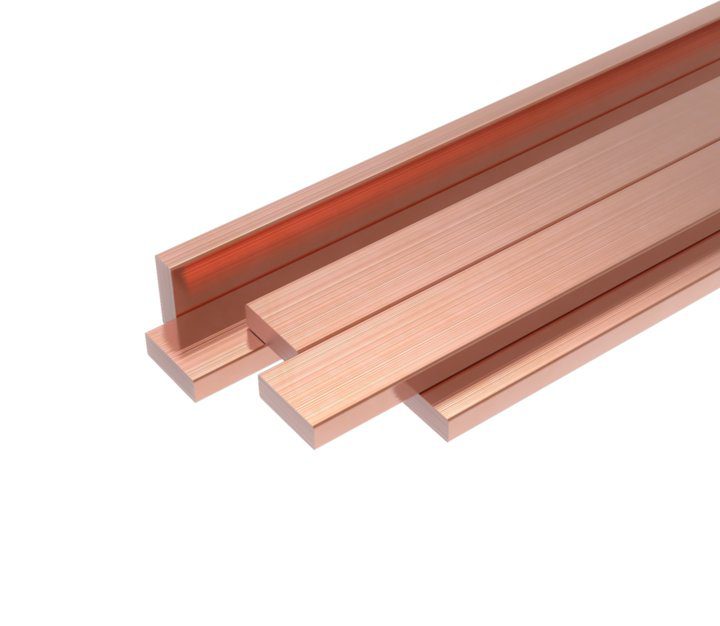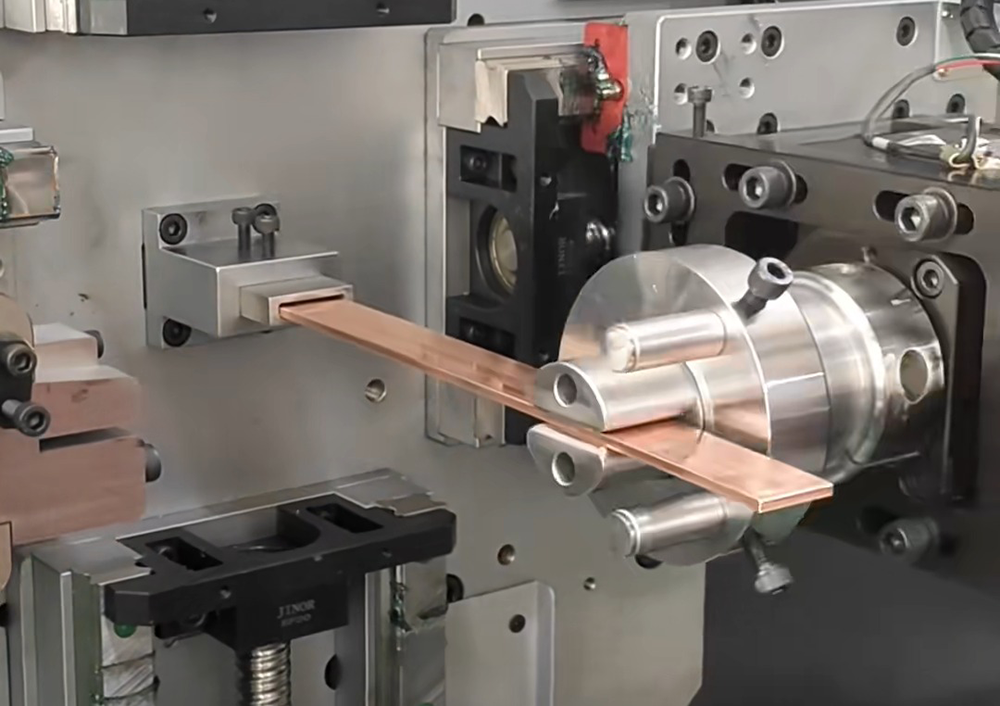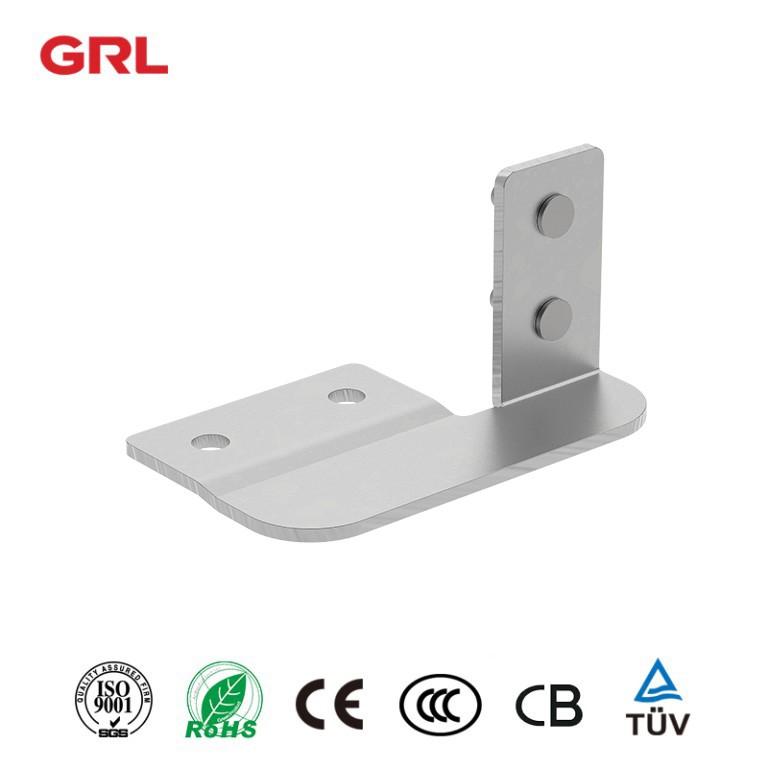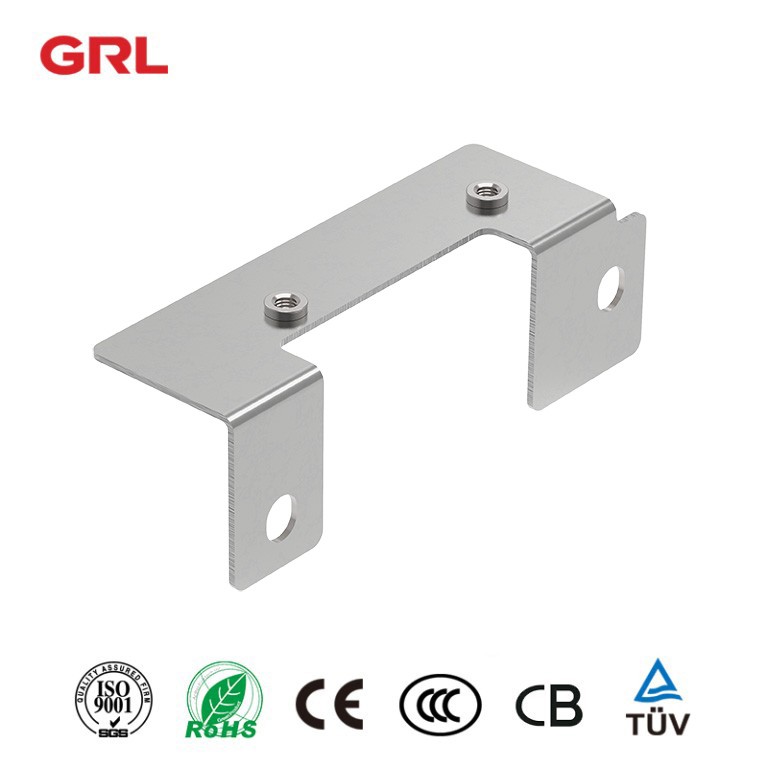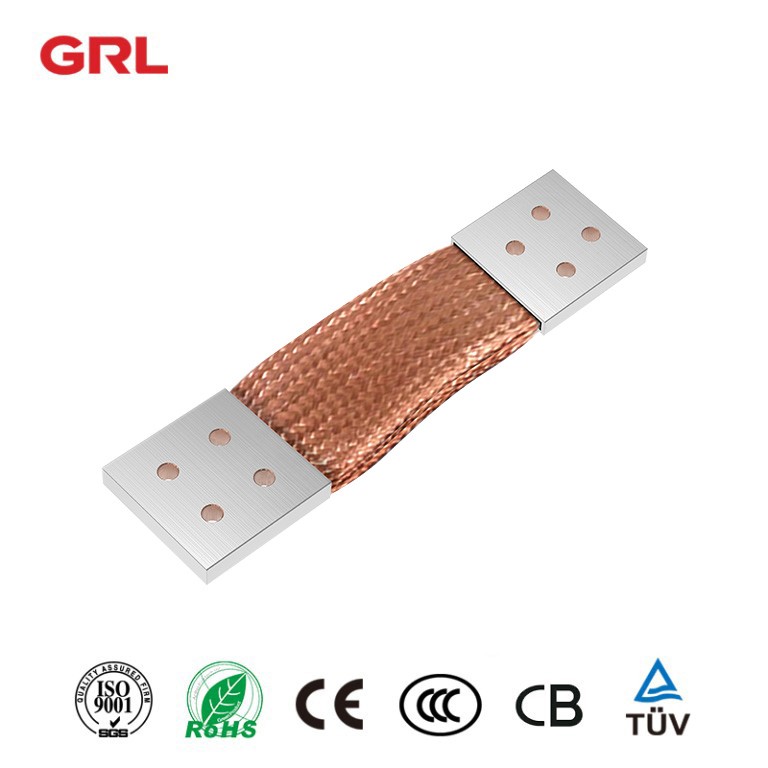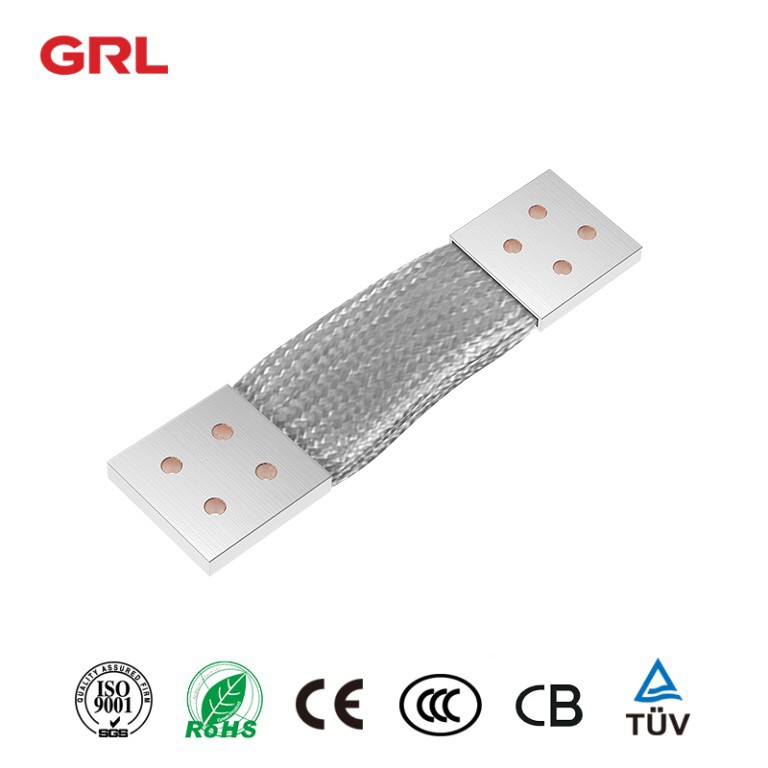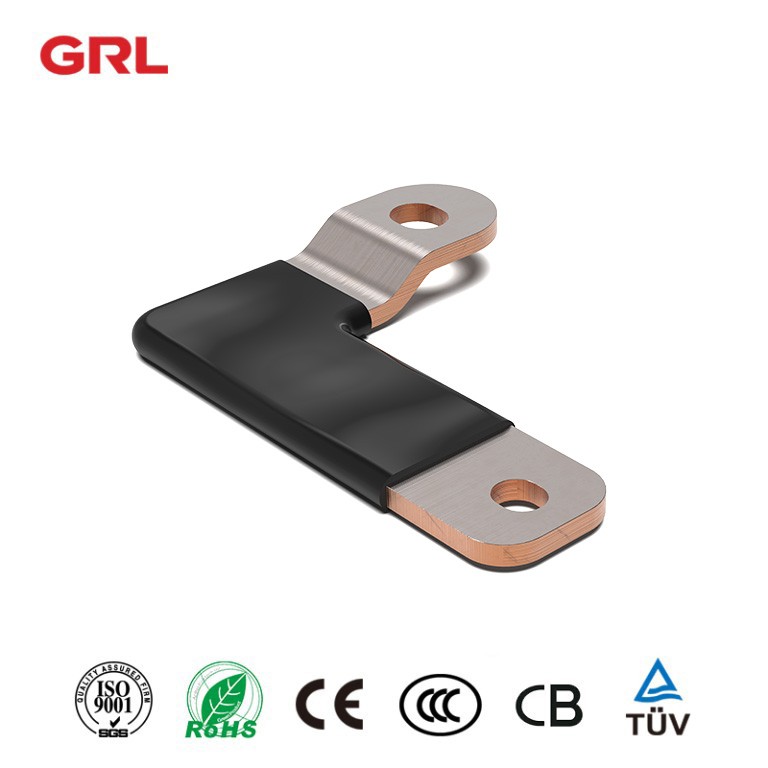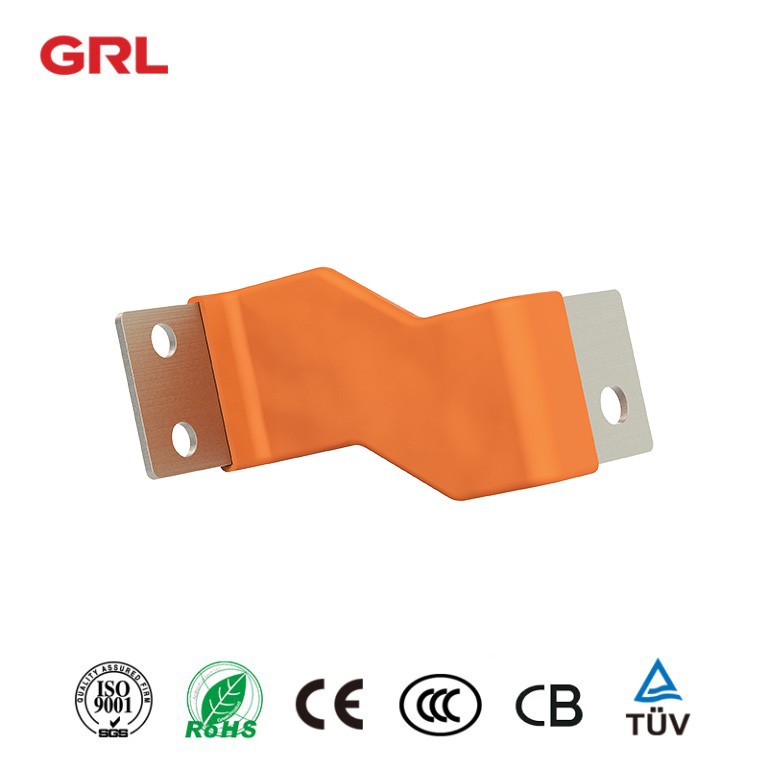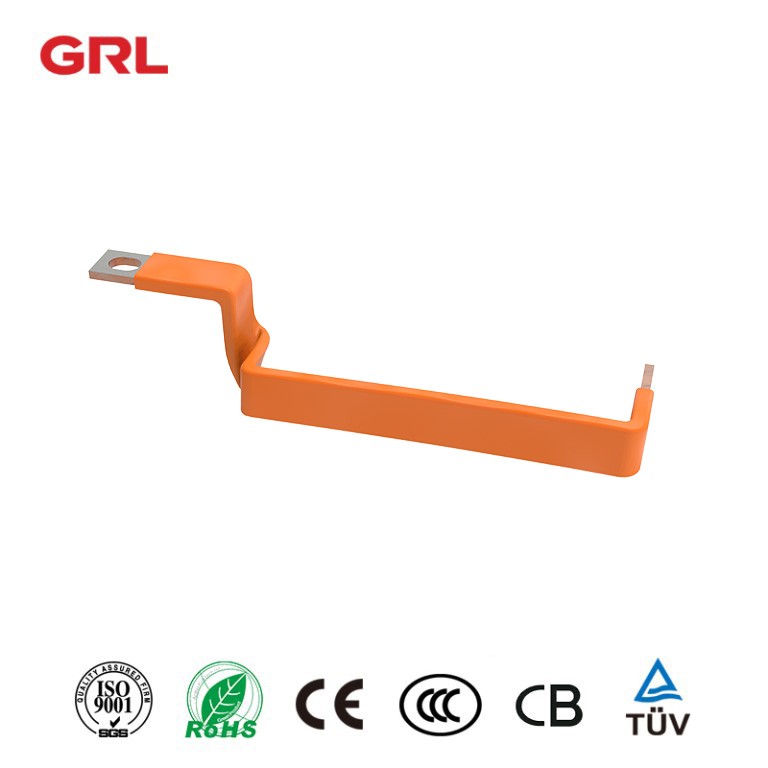Renewable Energy Systems
– Solar PV Farms:
– Requirement: 1,500V DC systems with ampacity up to 2,000A.
– Solution: Multi-layered, tin-plated busbars with IP67 enclosures for combiner boxes.
– Wind Turbines:
– Requirement: Vibration-resistant connections for 690V AC/DC converters.
– Solution: Cold-worked copper busbars with anti-loosening thread inserts.
Electric Vehicles (EVs)
– Traction Inverters:
– Requirement: 800V battery systems with pulsed currents up to 600A.
– Solution: Laminated busbars using 0.3 mm copper sheets, reducing parasitic inductance by 40%.
– Charging Infrastructure:
– Requirement: 350 kW DC fast chargers with thermal stability.
– Solution: Water-cooled busbars with integrated temperature sensors.
Industrial Automation
– Motor Drives:
– Requirement: 480V AC/DC busbars for 500 kW VFDs.
– Solution: Silver-plated busbars with <10 μΩ contact resistance at terminal joints.
– Robotics:
– Requirement: Compact, flexible busbars for 6-axis robotic arms.
– Solution: Thin-profile (2 mm) busbars with polyimide insulation.
Data Centers
– High-Density Power Distribution:
– Requirement: 400V DC busways supporting 10kA fault currents.
– Solution: Segmented busbars with arc-quenching chambers.
– UPS Systems:
– Requirement: Low-impedance connections for 1 MVA systems.
– Solution: Solid copper busbars with electroplated nickel barriers.
Aerospace and Defense
– Avionics Power Distribution:
– Requirement: MIL-DTL-38999 compliant, lightweight busbars.
– Solution: Copper-clad aluminum (CCA) busbars with 70% weight reduction.
– Radar Systems:
– Requirement: High-frequency (GHz-range) impedance matching.
– Solution: Coaxial busbar designs with PTFE insulation.










